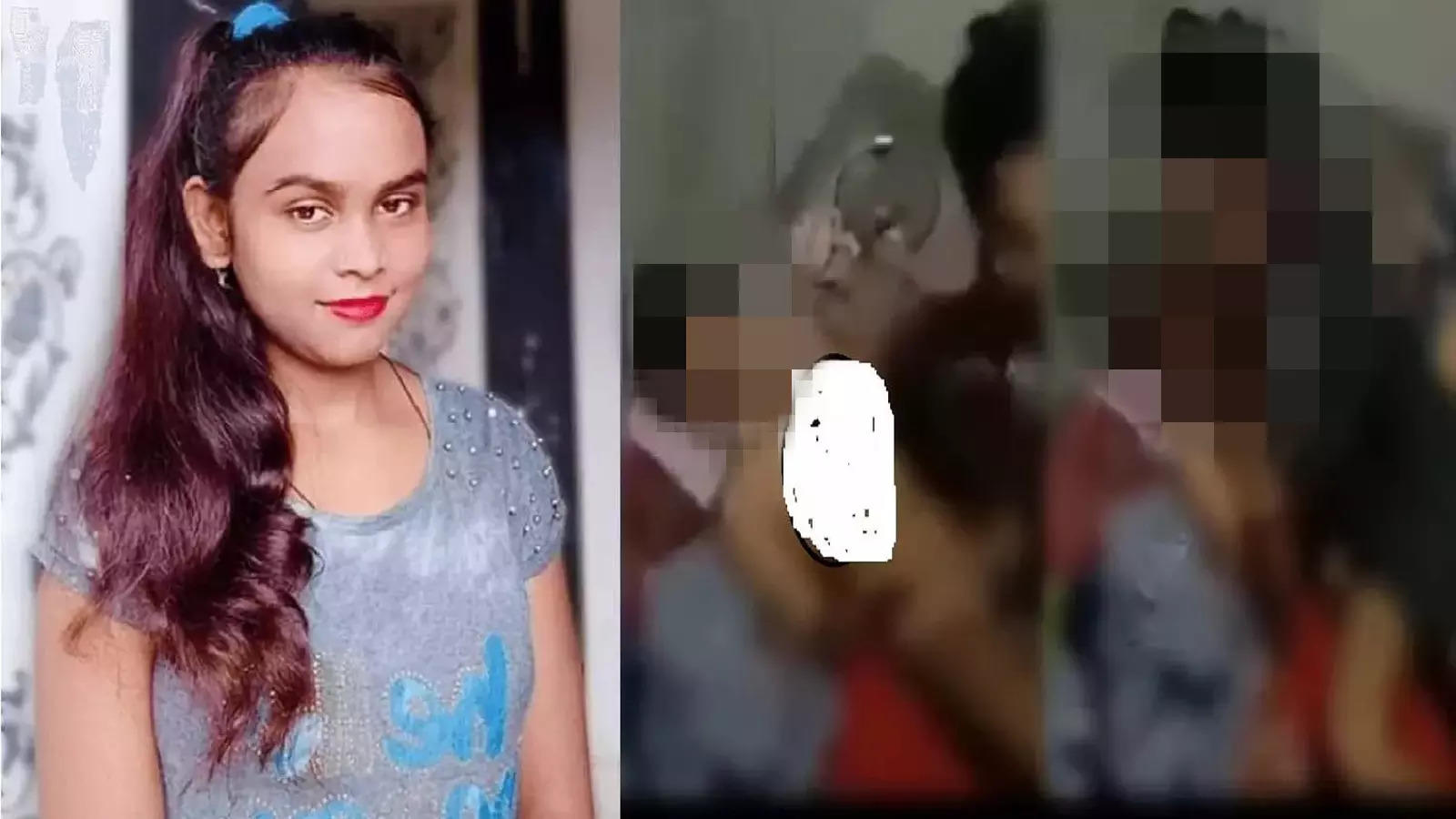India's Viral MMS Scandals: Secrets & Shocking Truths Revealed
Is India's digital landscape truly a safe haven for its citizens, or is it a breeding ground for exploitation and the rapid dissemination of private content? The proliferation of viral MMS content in India has become a deeply concerning issue, one that demands serious attention and action to protect individual privacy and uphold societal values.
The advent of readily available mobile technology and widespread internet access has, paradoxically, created a double-edged sword. While these advancements have fostered unprecedented connectivity and information sharing, they have also opened the floodgates for the uncontrolled spread of intimate and often compromising content. The term "viral MMS" itself encapsulates this digital wildfire: multimedia messages, including videos, images, and audio recordings, that are rapidly shared across mobile messaging platforms and social media, often without the consent of the individuals involved.
The repercussions of this phenomenon are far-reaching, extending beyond the individuals directly targeted to encompass broader societal implications. It is a conversation that warrants comprehensive understanding, to explore its roots, its impacts, and the measures being implemented to mitigate its damaging effects.
The digital age has witnessed a surge in controversies surrounding leaked private content. The speed with which sensitive material can spread online is alarming, underscoring the urgent need for enhanced digital safety measures and a heightened awareness of online privacy.
| Subject | Details |
|---|---|
| Viral MMS Definition | The rapid and uncontrolled sharing of video, image, or audio content through mobile messaging platforms and social media. |
| Content Nature | Often involves sensitive, explicit, or private material, shared without consent. |
| Key Concerns | Privacy violations, digital safety, societal norms, and potential for exploitation. |
| Platforms Involved | Mobile messaging platforms (WhatsApp, Telegram, etc.), social media (Instagram, Twitter, etc.), and other digital channels. |
| Impact | Individual distress, reputational damage, legal and ethical debates, and broader societal concerns. |
| Notable Incidents | Numerous cases involving celebrities, influencers, and ordinary individuals, including incidents at universities and within online communities. |
| Legal and Ethical Considerations | Consent, privacy laws, defamation, online harassment, and the responsibility of platforms and individuals. |
| Remedial Actions | Investigations, legal proceedings, platform content moderation, public awareness campaigns, and calls for stricter regulations. |
| Long-term implications | Erosion of trust, the need for continuous adaptation of digital safety measures, and a reassessment of societal values in the digital age. |
One of the most prominent examples of this unsettling trend occurred at Chandigarh University in Mohali. In a deeply disturbing episode, reports emerged of a female student allegedly leaking objectionable videos of her female colleagues. The incident triggered massive protests on the campus, with students expressing outrage and demanding justice. The protests, which continued late into the night, ultimately led to the intervention of the authorities, including the Chief Minister, who ordered a thorough investigation into the matter.
The details surrounding the Chandigarh University case paint a grim picture of the potential consequences of unchecked online behavior. The alleged sharing of intimate videos without consent not only violates the privacy of the individuals involved but also exposes them to potential harassment, cyberbullying, and long-term psychological distress. The suspension of the girls' hostel warden, Rajvinder, underscores the gravity of the situation and the university's acknowledgment of the severity of the incident.
Further compounding the issue is the involvement of social media influencers and public figures. The case of Sona Dey, a social media star and YouTuber, is a prime example. An alleged MMS video featuring Sona in a compromising situation went viral, generating significant attention and controversy. This incident highlights the vulnerability of individuals with a public profile to online attacks and the potential for their reputations to be irreparably damaged by the unauthorized dissemination of private content. The rapid spread of such videos, often fueled by social media algorithms and the desire for sensationalism, can lead to devastating consequences for those involved.
| Name | Details |
|---|---|
| Sona Dey | Social media star and YouTuber; involved in a controversy after an alleged MMS video went viral. Known for dance videos and vlogs. |
| Minahil Malik | Pakistani TikTok star; involved in an alleged MMS leak controversy; trending dance videos. |
| Anjali Arora | Public figure; spoke out about an allegedly leaked MMS, claiming it wasn't her and discussing her family's reaction. |
| Gungun Gupta | Indian influencer; experienced a leaked video scandal in November 2023. |
| Hansika Motwani | Actress; made headlines after an MMS leak; clarified that a viral video was not her. |
The case of Minahil Malik, a Pakistani TikTok star, further exemplifies the pervasive nature of these online scandals. Malik's involvement in an alleged MMS leak controversy, coupled with her trending dance videos, underscores how quickly private content can surface and impact an individual's public image. The incidents involving public figures often attract intense media scrutiny, exacerbating the emotional toll and potential reputational damage.
The legal and ethical considerations surrounding viral MMS content are complex and multifaceted. Consent, privacy, and the right to protection from online harassment are central to this discussion. The unauthorized sharing of intimate content constitutes a serious violation of privacy and can lead to legal action. Furthermore, the platforms that facilitate the spread of this content bear a responsibility to moderate their platforms and take swift action to remove infringing material and protect the privacy of their users.
The police investigations reveal that in one instance, a female student shared a video with a youth from Himachal Pradesh. The implications of these exchanges highlight the need for vigilance in online behavior and to consider the potential consequences of sharing personal content. Anjali Arora, another individual whose alleged MMS went viral, claimed that she was not the person in the video, emphasizing the importance of verifying the authenticity of such content and the potential for misinformation and malicious intent. The viral spread of false information causes irreparable damage to the reputation of the person.
It is important to note, however, that not all incidents of leaked content involve malicious intent. In some cases, individuals may have shared private videos or images with trusted individuals who, in turn, have leaked the content without permission. Whether intentional or unintentional, the unauthorized dissemination of intimate content can lead to serious legal and social ramifications.
Beyond the immediate emotional and psychological effects, the spread of viral MMS content can have broader societal consequences. It can contribute to a climate of fear and distrust, particularly among women and young people, and can reinforce harmful stereotypes about gender and sexuality. It also raises difficult questions about the role of technology in our lives and the need to balance the benefits of connectivity with the need to protect individual privacy and safety. The response to this challenge requires a multifaceted approach.
A recent example, highlighting the severity of the issue, involved a leaked personal video of Kareena Kapoor and Shahid Kapoor kissing passionately, which was widely circulated back when they were dating. While the video was not explicit, its unauthorized release created significant media attention and raised questions about privacy in the entertainment industry. The fact that the couple never publicly confirmed its authenticity further fueled public speculation and the media frenzy. This incident underscores the sensitivity of personal moments and the importance of securing private content, especially among public figures.
The rise of "digital natives" and the increasing reliance on social media and messaging apps have exacerbated this problem, creating a new set of challenges for protecting individual privacy and safety. The anonymity offered by the internet, combined with the speed and ease with which content can be shared, makes it difficult to track down the perpetrators of these digital attacks.
The legal and ethical landscape surrounding viral MMS content is evolving rapidly. In many jurisdictions, laws have been enacted to criminalize the unauthorized sharing of intimate content, including non-consensual pornography. However, the enforcement of these laws can be difficult, particularly in cases where the content has been shared across multiple platforms and international boundaries. The use of technology to identify and remove infringing content is also becoming increasingly important, as are efforts to educate the public about the risks of sharing private information online.
The response to the challenge of viral MMS content must be comprehensive, involving legal, technological, and social interventions. Stricter laws, effective enforcement, and robust online platform content moderation are crucial. However, these measures must be coupled with public awareness campaigns and educational programs designed to promote responsible online behavior, respect for privacy, and digital safety. The ultimate goal is to create a digital environment that protects individuals' rights, upholds societal values, and fosters a culture of accountability and respect. As society adapts to the ever-changing digital landscape, a renewed focus on privacy and digital safety becomes imperative to safeguard the well-being of all.
The incidents that have occurred in the context of India, and around the world, serve as a stark reminder of the need for vigilance and proactive measures to address the threats posed by the unchecked spread of private content. Protecting the digital space requires constant adaptation, a commitment to education and enforcement, and a shared responsibility to ensure the internet is a safe and empowering space for all.


